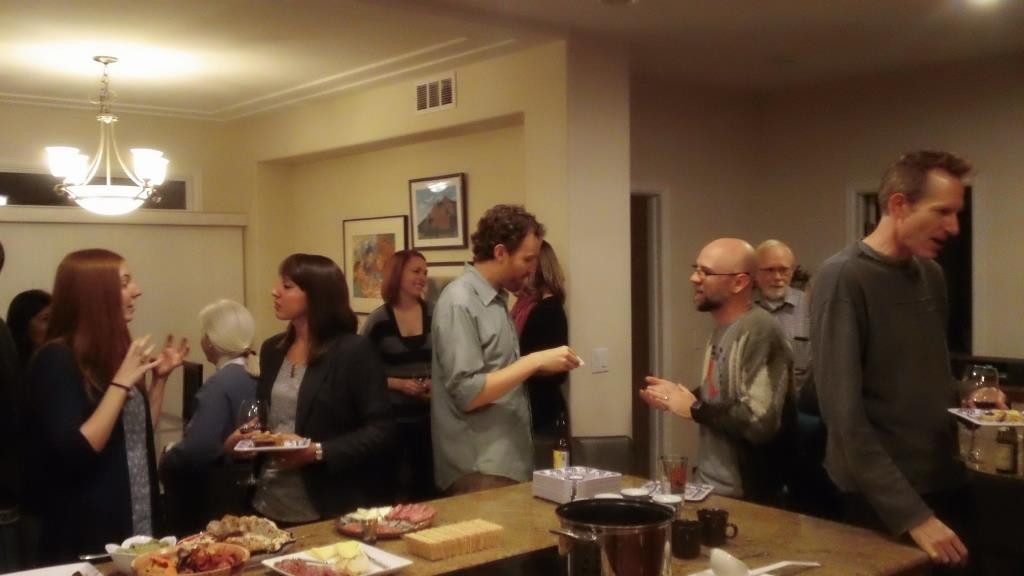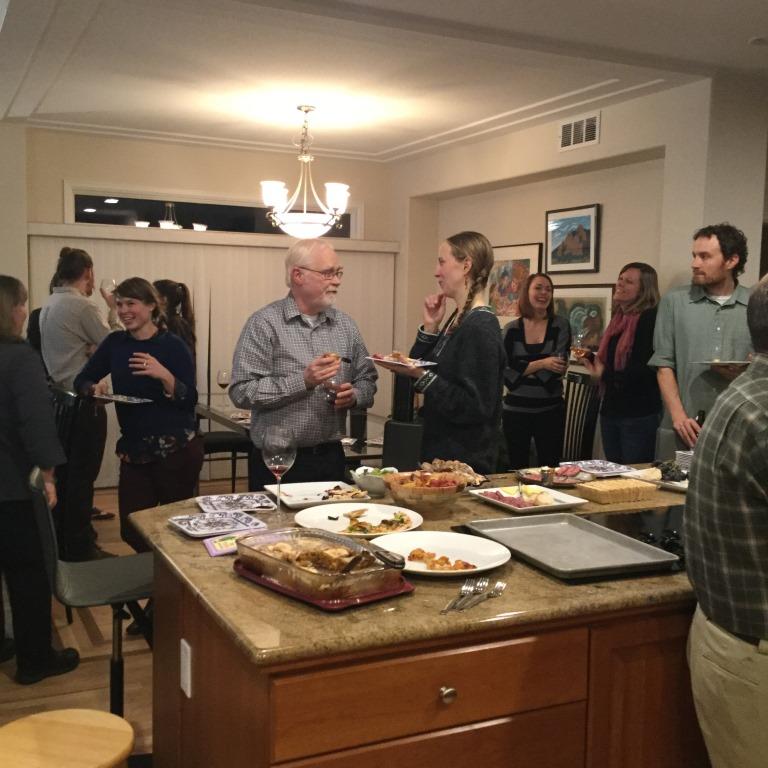~by English Department Communications Intern Ashley Alfirevic
Approaching the entrance to department chair Louann Reid’s house, I felt a sense of ease and confidence after noticing the door had been changed from screen to glass for the winter. I could handle this. No door fiascos this time around.
Aside from how to properly open a door, the last colloquium taught me that a 7:00 p.m. start time meant more of an open house style arrival and fashionably late appearances, and I entered into a room already abuzz with warm conversation.
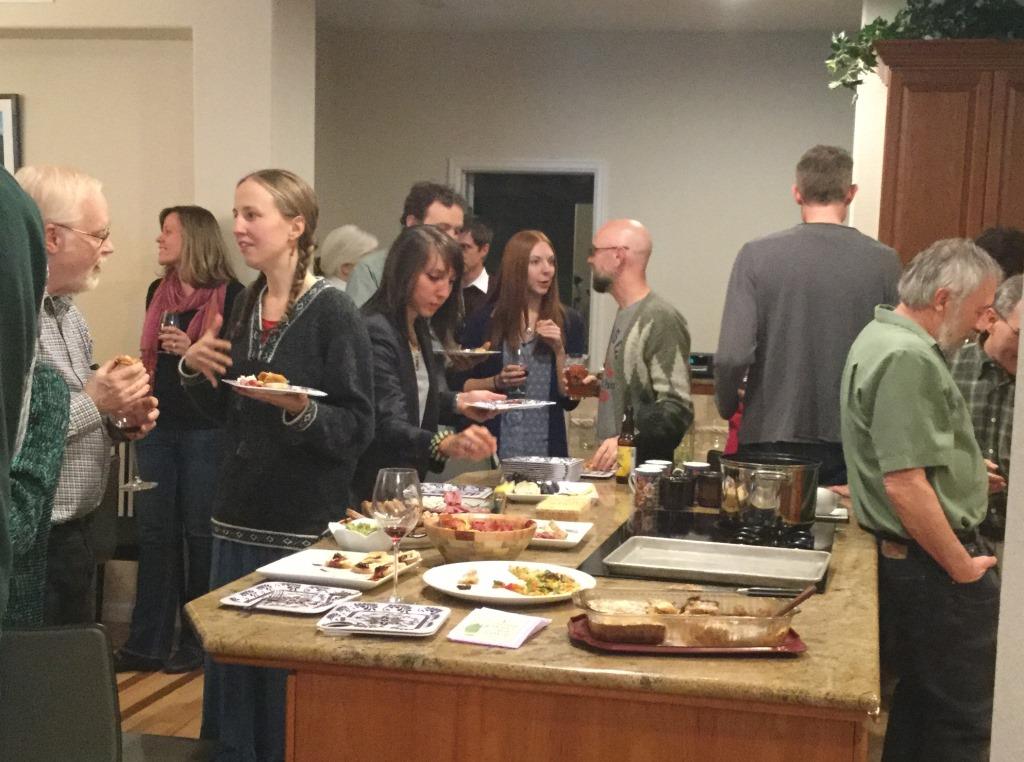
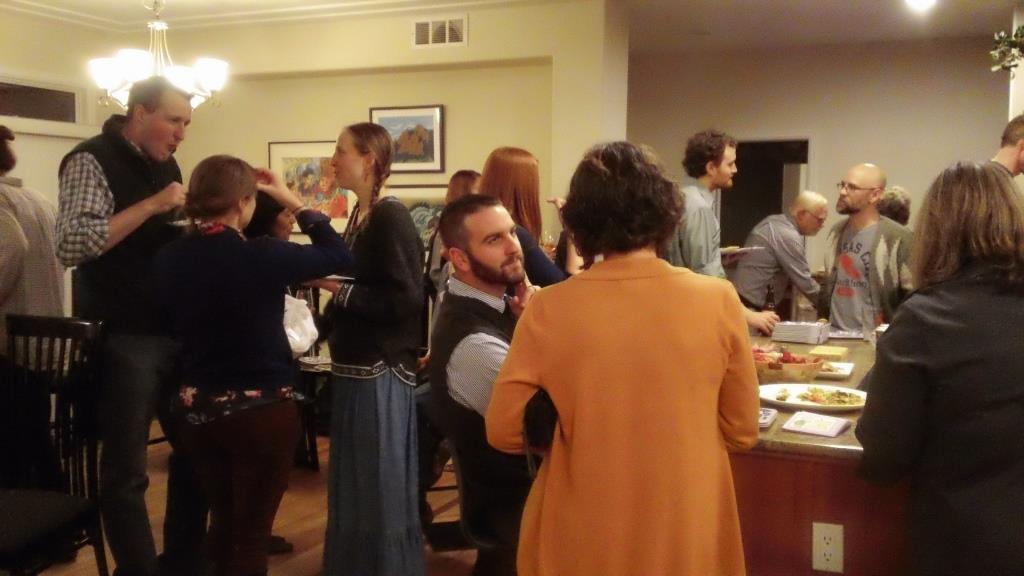
Compared to the last colloquium, this one had considerably more wires. Before we all settled into our chairs, a few people fussed with the laptop and the projector and the HDMI cords. This time around, the projects our English faculty carried on outside the classroom centered on the world wide web, with new tools and new strategies that either enhance in-person conversations or help bring new forms of knowledge to anyone with an internet connection.
Zach Hutchins presented first, showing us his online database for early American religious sermons. He explained that previously, people interested in religious studies or colonial histories simply had to work with published sermons, which had specific political motivations in order to make their way to print. The real sermons that impacted day-to-day life for Americans, the non-published pulpits from Sunday services, were inaccessible, even if people knew they should be studying them.
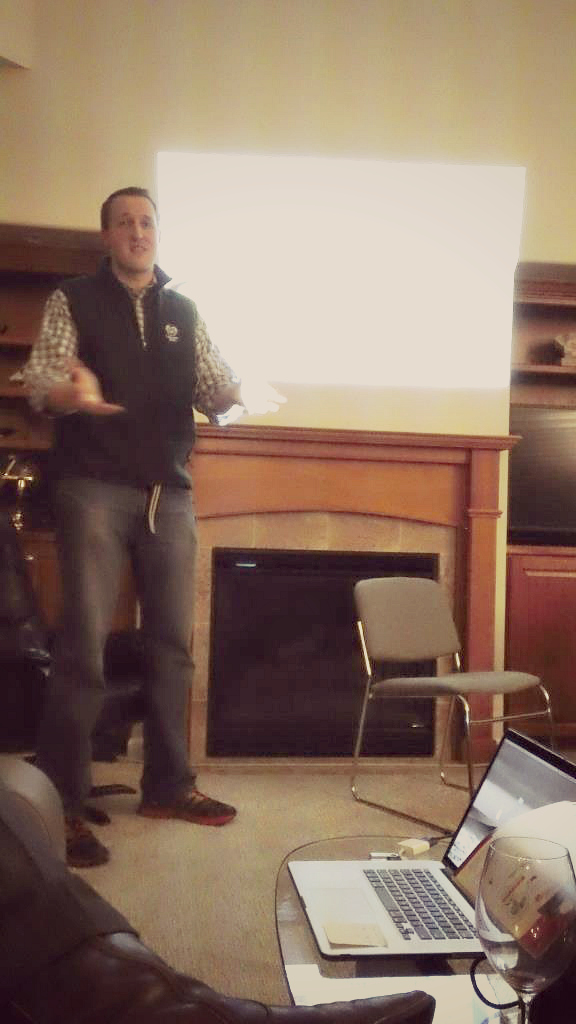
Enter TEAMS – the searchable online archive of hundreds of early American sermons. Zach is working with faculty members and graduate students all over the country to help transcribe these writings and bring them to the light of a computer screen. Each entry contains a name, religion, transcription, and PDF of the original text (which, once you see the old-timey handwriting, makes you truly appreciative of the actual transcription). Zach showed us the “end is nigh” homily of Catholic priest Ignatius Matthews, who later retracted that homily and admitted that parishioners had more time than he originally thought.
Next Jaime Jordan presented her analytics conducted with different online word tools. She tracks frequently used words and character relationships for class discussions on Shakespeare’s Hamlet. The facts and figures don’t answer questions as much they as they raise them. For example, Horatio has the second most character interactions throughout the play, only just behind Hamlet. For a minor player we very rarely study, he certainly affects the play’s dynamics. Setting up such queries by using charts, word clouds, and character webs help students come up with fresh and compelling theories for their essays and class discussions.
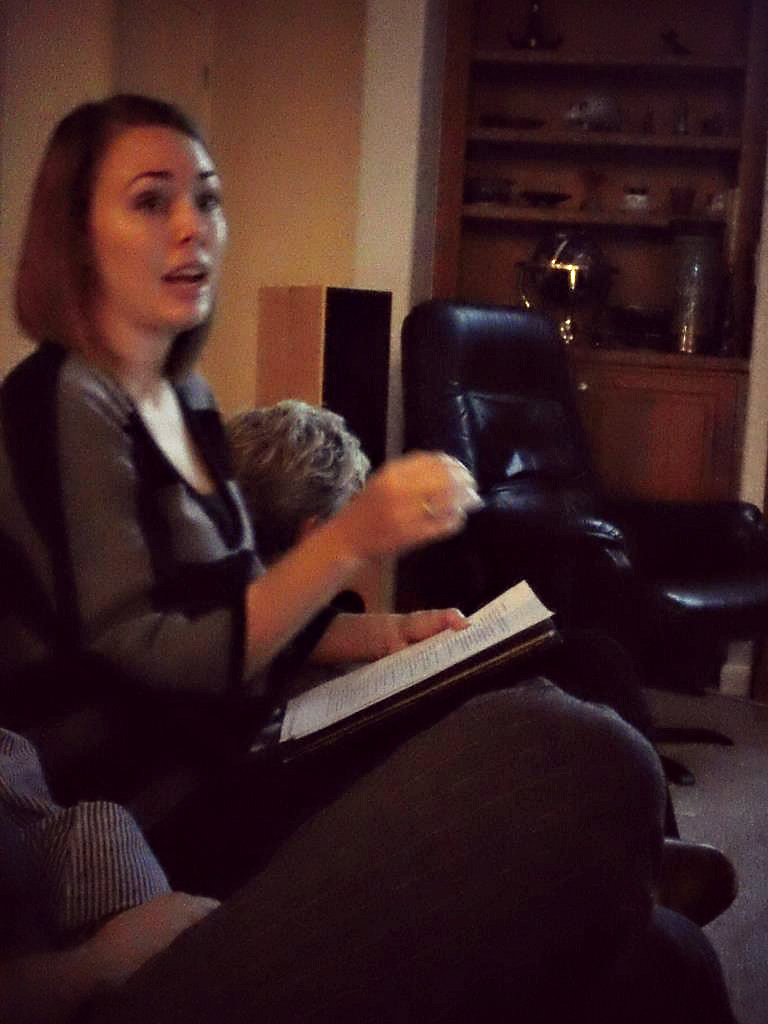
One tool Jaime makes frequent use of – Ngrams from Google – allows you to see how many times a word comes up in books through the centuries. As long as the books are catalogued into Google’s corpus, the program can detect the frequency it appears. Combined with catalogues from roving libraries, Jaime hopes to conduct further research regarding Victorian literature and reading patterns.
Finally, Tim Amidon explained how to use digital visualization tools to plot out data, making such information easier to understand and more visually appealing for students. Different websites can plot the particulars of statistical input, making easy-to-understand graphics out of the most complex of charts. One such demonstration used diamond-like arrangements to plot relationships between actors and directors, reminding me of a graphic designer’s ultimate visualization of Six Degrees of Kevin Bacon.
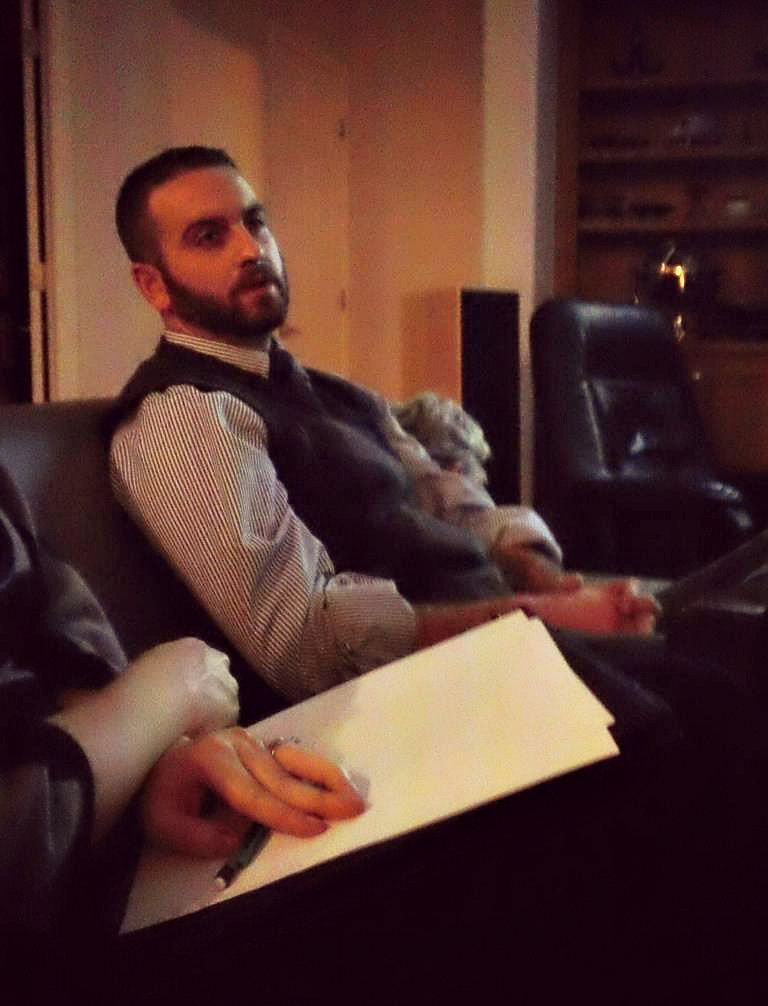
The tools are useful for far more than parlor games, however. Tim explained how these charts can be used to give sociological perspectives to word usage. For example, firefighters use joking a lot in their work culture, so words relating to such jocular activities would be more prominent in whatever visual was constructed, cluing the viewer into an intimate aspect of workplace relations and improving cultural literacy. These glimpses into word preferences and cultural tendencies extend into the classroom for both professors and students.
Impressed as always by our faculties’ outreach, this colloquium showed that CSU is able to extend its research beyond our campus and beyond the limits of the Fort. The globalized age means we can both access and produce contributions from all over the interwebs. Our interactions are beyond person to person; they’re screen to screen with anyone who’s curious about the world around them.
